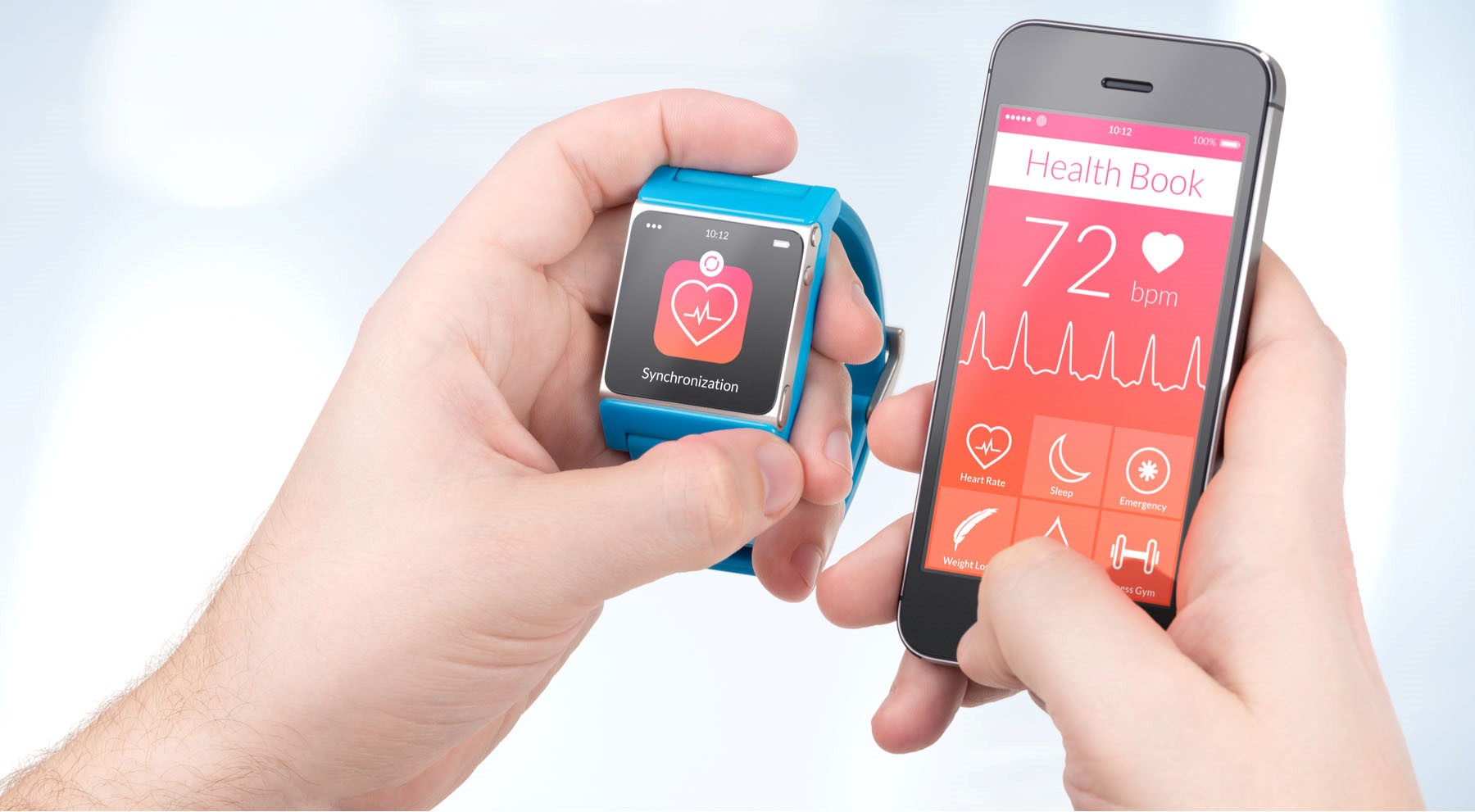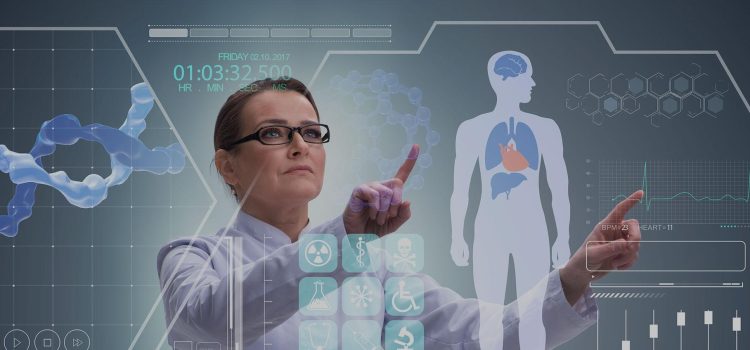
In 2024, the landscape of healthcare has been dramatically transformed by the integration of cutting-edge technology. From improving diagnostic accuracy to facilitating patient-doctor communication, technological advancements have significantly enhanced patient care. This article delves into the myriad ways in which technology is revolutionizing the healthcare sector, offering a comprehensive overview of the latest innovations and their impact on patient care.
Telemedicine: Bridging the Gap
One of the most significant advancements in patient care has been the widespread adoption of telemedicine. Telemedicine utilizes digital communication tools to provide remote clinical services, allowing patients to consult with healthcare providers from the comfort of their homes. This not only improves access to care, particularly for those in rural or underserved areas, but also reduces the burden on healthcare facilities.
In 2024, telemedicine platforms have become more sophisticated, incorporating advanced features such as AI-driven symptom checkers, real-time data sharing, and seamless integration with electronic health records (EHRs). These enhancements enable healthcare providers to deliver high-quality care remotely, ensuring that patients receive timely and accurate diagnoses and treatment plans.
Artificial Intelligence: Revolutionizing Diagnostics
Artificial intelligence (AI) has made significant strides in the field of diagnostics, offering unprecedented accuracy and efficiency. AI algorithms can analyze vast amounts of medical data, including imaging studies, lab results, and patient histories, to identify patterns and make predictions that may elude human clinicians.
In radiology, for example, AI-powered tools can detect abnormalities in medical images with remarkable precision, aiding in the early detection of conditions such as cancer and cardiovascular diseases. Similarly, AI-driven diagnostic platforms can analyze genetic data to identify individuals at risk for hereditary conditions, enabling proactive management and personalized treatment plans.
Wearable Technology: Empowering Patients
Wearable technology has become an integral part of patient care, providing real-time health monitoring and empowering individuals to take control of their health. Devices such as smartwatches, fitness trackers, and biosensors can continuously monitor vital signs, physical activity, and other health metrics, offering valuable insights into a patient’s overall well-being.
In 2024, wearable technology has advanced to include more sophisticated sensors and improved connectivity, allowing for seamless integration with healthcare systems. For example, wearable devices can now monitor chronic conditions such as diabetes and hypertension, alerting both patients and healthcare providers to potential issues before they become critical. This proactive approach to health management can lead to better outcomes and reduced healthcare costs.

Electronic Health Records: Streamlining Care
The adoption of electronic health records (EHRs) has streamlined patient care by providing a centralized and accessible repository of patient information. EHRs enable healthcare providers to access comprehensive patient histories, including previous diagnoses, treatments, and medications, facilitating more informed decision-making and coordinated care.
In 2024, EHR systems have become more interoperable, allowing for seamless data exchange between different healthcare providers and institutions. This interoperability ensures that patients receive consistent and continuous care, regardless of where they seek treatment. Additionally, advanced data analytics tools can extract valuable insights from EHRs, helping to identify trends, monitor population health, and inform public health initiatives.
Robotics: Enhancing Precision and Efficiency
Robotic technology has made significant inroads into the healthcare sector, enhancing the precision and efficiency of various medical procedures. Surgical robots, for example, can perform minimally invasive surgeries with unparalleled accuracy, reducing the risk of complications and speeding up recovery times.
In 2024, the capabilities of robotic systems have expanded to include tasks such as medication dispensing, patient transportation, and even physical therapy. These innovations not only improve the quality of care but also alleviate the workload of healthcare professionals, allowing them to focus on more complex and critical tasks.
Virtual Reality: Transforming Medical Training and Therapy
Virtual reality (VR) has emerged as a powerful tool in both medical training and patient therapy. VR technology creates immersive, interactive environments that can simulate real-life scenarios, providing valuable hands-on experience for medical students and professionals.
In medical training, VR can replicate complex surgical procedures, allowing trainees to practice and hone their skills in a risk-free environment. This experiential learning approach enhances clinical competence and confidence, ultimately leading to better patient care.
For patients, VR offers therapeutic applications such as pain management, mental health treatment, and rehabilitation. For example, VR can be used to create calming environments for patients undergoing painful procedures or to provide exposure therapy for individuals with anxiety disorders. These applications have been shown to improve patient outcomes and enhance the overall care experience.
Blockchain: Securing Patient Data
As healthcare becomes increasingly digital, the security and privacy of patient data have become paramount concerns. Blockchain technology offers a robust solution by providing a secure and transparent method for storing and sharing medical information.
In 2024, blockchain is being used to create decentralized health records that are tamper-proof and easily accessible to authorized parties. This ensures that patient data remains secure while facilitating seamless data exchange between healthcare providers. Additionally, blockchain can be used to track the provenance of pharmaceuticals, reducing the risk of counterfeit medications and ensuring the integrity of the supply chain.
Conclusion
The integration of technology into healthcare has ushered in a new era of patient care, characterized by improved access, accuracy, and efficiency. From telemedicine and AI-driven diagnostics to wearable technology and blockchain, these innovations are transforming the way healthcare is delivered, ultimately enhancing patient outcomes and satisfaction.
As we move forward, it is essential for healthcare providers, policymakers, and technology developers to continue collaborating and innovating to harness the full potential of these advancements. By doing so, we can ensure that the benefits of technology-driven patient care are realized by all, paving the way for a healthier and more equitable future.










